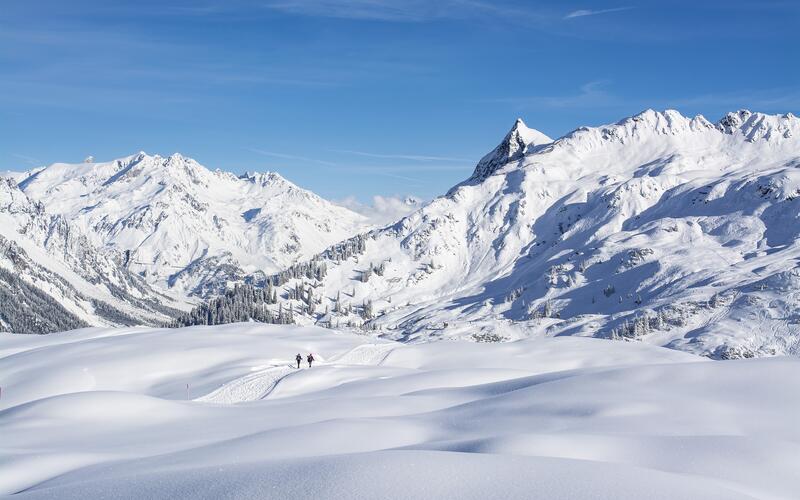Don’t stress the birds out: Assessing the impacts of ski mountaineering on Alpine animals

Don’t stress the birds out: Assessing the impacts of ski mountaineering on Alpine animals
The popularity of ski mountaineering as a winter sport is increasing – and with it, impacts on mountain wildlife. In the European Alps, researchers used data from the exercise tracking app Strava to assess these impacts on vulnerable bird species. Understanding how skiers affect their surroundings can help prevent harm to wildlife and maintain a healthy relationship between outdoor recreation and mountain ecosystems.
Jäger, H., Schirpke, U., & Tappeiner, U. (2020). Assessing conflicts between winter recreational activities and grouse species. Journal of Environmental Management, 276, 111194. doi:10.1016/j.jenvman.2020.111194
Every year, more people are turning to the outdoors to recreate and connect with nature. However, some recreationists are inadvertently harming the very nature they seek to enjoy. Winter sports in particular can cause physical stress in vulnerable mountain animals, making them more active when they need to conserve energy to survive the cold. One such sport is backcountry skiing, also called ski mountaineering. Considered the low-impact alternative to “civilized” resort skiing, associated negative effects on wildlife can come as a surprise. In the Austrian Alps, the number of ski mountaineers is growing fast: in 2018, 1 in 15 Austrians practiced the sport. The increasing human pressures can have unfortunate consequences for these beautiful mountain ecosystems.
In a recent study published in the Journal of Environmental Management, a team of researchers from the University of Innsbruck focused on two Alpine birds in the Austrian region of Tyrol: black grouse and capercaillie. Both birds are endangered and live in two distinct habitats, forests and grasslands, making them ideal representatives of the potential overall impacts of skiing on Alpine animals. The researchers used data from the exercise tracking app Strava to find out where ski mountaineers were going and when. After verifying the data was representative, they compared it to maps of the birds’ habitats. Skier presence within 100 meters triggers a stress response in grouse in a similar way a predator would. Using this distance, the researchers identified risk zones where bird habitat and skier proximity overlapped. Areas where ski mountaineering activities were most frequent were classified as high risk.
The study’s results show that ski mountaineers frequented both forest and grasslands. Ten percent of black grouse habitat and nine percent of capercaillie habitat (12,000 hectares in total) were impacted, and about a fifth of that was considered high risk. The majority of the risk zones were grasslands, but the highest skier density appeared in forests, possibly due to limited skiable paths. Furthermore, skier impacts depended not only on location but also on timing. Ski mountaineers recorded some activities during sunrise and sunset, which are grouse feeding times. Disturbing the birds at these times could have a negative impact on the amount of food they’re able to find, reducing survival rates.
While there can be other causes for the observed decline in Alpine grouse populations, this study shows that ski mountaineering may play an important role. In order to minimize human impact, researchers suggest limiting ski mountaineering in high-risk areas or during bird feeding times, putting up wildlife-friendly route signs, or hiring tour guides who can avoid bird hotspots. Lowering risks will also require collaboration with other stakeholders, such as hunters and forest managers. Finally, this study opens the door to more research on other major species, like the Alpine ibex, or other activities, such as biking and running. This research can help us better understand how to sustainably balance outdoor recreation and wildlife conservation. If we find this balance, outdoor enthusiasts can learn how to interact with nature in a way that preserves all its unique life for future generations.




